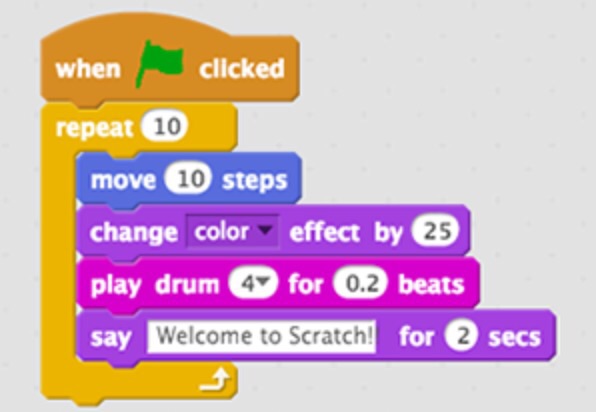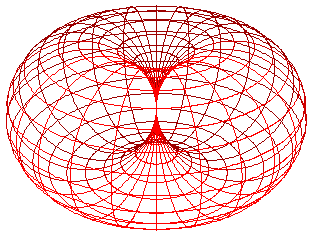
We are living in a digital world and It is becoming more and more digital. It is essential to understand this world we get in to understand the technology behind it. A good strategy will be to highlight to students how an understanding of computers will help them understand how the world around them works. To get started with this, we need to identify one everday object, activity, situation, etc. for which an understanding of computing and knowledge of how to programme machines can help the students understand their world around them. Here are some examples to get you started: switching the channel on your television, taking an elevator, a traffic light, a dishwasher.

Using Scratch to program various games includes a range of concepts such as sequencing, selection, repetition, variable, boolean logic (And, or, not). Using Scratch to introduce these concepts helps give the pupils a firm grounding before moving onto text based programming languages.
We can sequence instructions, such as getting the cat sprite to move or starts, when I press the green flag at the top of the screen.
We can also change the appearance of the sprite and get it to display some text, such as, "hi". When we execute the program again, so you can see the results. Scratch also allows you to use repetition, plus we start being able to include actions based on specific events using, "if…then" type statements. For example, if I add in a movement instruction to make the cat touch the Purple sprite, I can add an instruction that says, "if cat bumps into Purple, then disappear", which you can now see if I press the green flag. In addition to helping teach the programming elements of the curriculum, Scratch is often linked with Literacy lessons to allow pupils to produce short stories, or with other factual subjects, such as History, to provide an additional means to demonstrate learning.

Coding is itself creative. It is the language of future. We want our kids to understand it and see how simple it is to be creative.
Children should not just be consumers of digital content but also creators. Let's start creating.

In order to record evidence of pupils' programming ability, these are first steps to take: